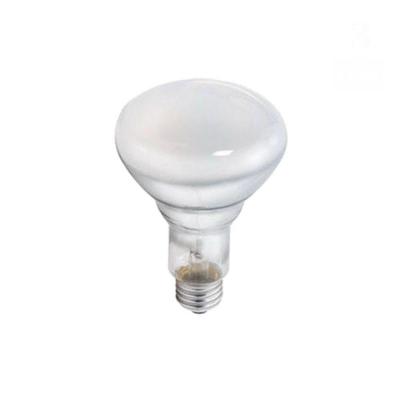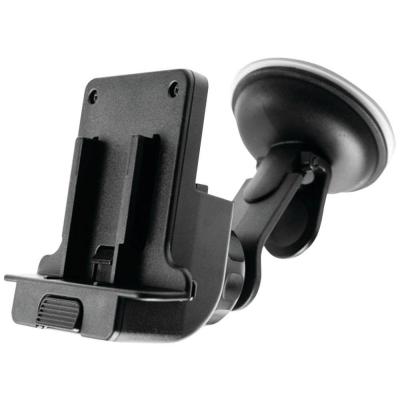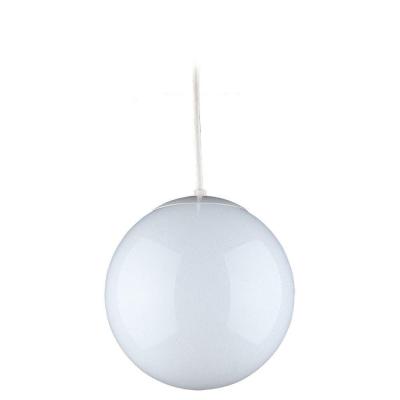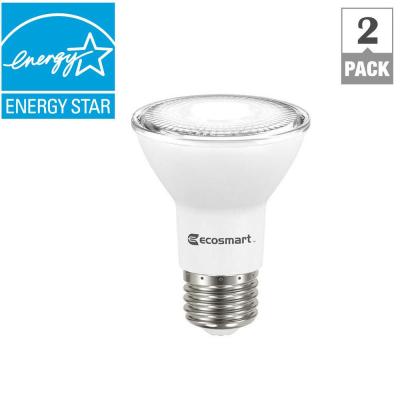Directory Of electrical inspection contractors - Repair & Service Forums - They consume much less energy than standard high-intensity discharge (LED streetlights. Bright blue-rich white light can cause some issues for residents, local wildlife, and night sky visibility. LED streetlights are great for the environment. What some cities have failed to consider, however, is that while LED streetlights are capable of emitting different colors of light, not every color should be used in public outdoor spaces. When it comes to streetlights, the warmer the color/correlated color temperature (. Buying Guide on products, parts and accessories for industrial products, low voltage wiring, code compliance, inspections, troubleshooting ..More
- Replace Gfci Doral, FL
- Installing 220v Outlet Hanford, CA
Warm White LED Streetlights: Why They’re Better for Our Environment
LED streetlights are great for the environment. They consume much less energy than standard high-intensity discharge (LED streetlights. What some cities have failed to consider, however, is that while LED streetlights are capable of emitting different colors of light, not every color should be used in public outdoor spaces. Bright blue-rich white light can cause some issues for residents, local wildlife, and night sky visibility. When it comes to streetlights, the warmer the color/correlated color temperature (
studies showing that it can even aid in IBS as well as migraine and cancer prevention.
Throughout the day, light changes from a warm white color at dawn to natural white then to a cool white in the afternoon, back to natural white, and eventually to an ultra warm white color at sunset. Our bodies are used to this cycle of light. Artificial lights that deviate from the natural lighting cycle can throw off our circadian rhythms. The National Institute of General Medical Sciences states that, “Circadian rhythms are physical, mental and behavioral changes that follow a roughly 24-hour cycle, responding primarily to light and darkness in an organism’s environment.”
According to healthybuildingscience.com “. . . different types of light trigger different physiological effects. Blue/white light, akin to a bright midday light, suppresses melatonin and increases serotonin, this light is great for activity. Conversely red/orange light triggers melatonin in preparation for going to sleep. If everything is in balance, the body will generate dopamine, serotonin, cortisol and melatonin in the right quantities at the right time of day.”
On their website, the IDA cites important information from a report, this happens “. . . because blue light scatters more within the human eye.” While it’s not directly causing harm to someone’s health, glare decreases driver safety and can lead to traffic accidents.
At night, blue light used outdoors can also wreak havoc on ecology. Introducing light with a CCT that’s close to daylight essentially changes the daily cycle that plants and animals are used to. They depend on this cycle of light and dark for hunting, reproduction, sleeping, migrating, and protection. Nocturnal animals have suffered greatly from cool white light at night; the IDA
Because blue light has a larger reach, cool white LED lights used outdoors at night can contribute to light pollution, or brightening of the sky. This decreases the visibility of stars and can have a negative effect on astronomical research. If cool white LED lights are used, they should be shielded or aimed directly downward to prevent light pollution.
Warm white LED street lights and parking lot lights—with a CCT of 3000K or less—are a much better option for public outdoor areas. They emit a much smaller portion of blue light—which is unnoticeable to the eye—and are currently the best options available for street lighting.
Click the photo below to see our line of warm white LED streetlights.



